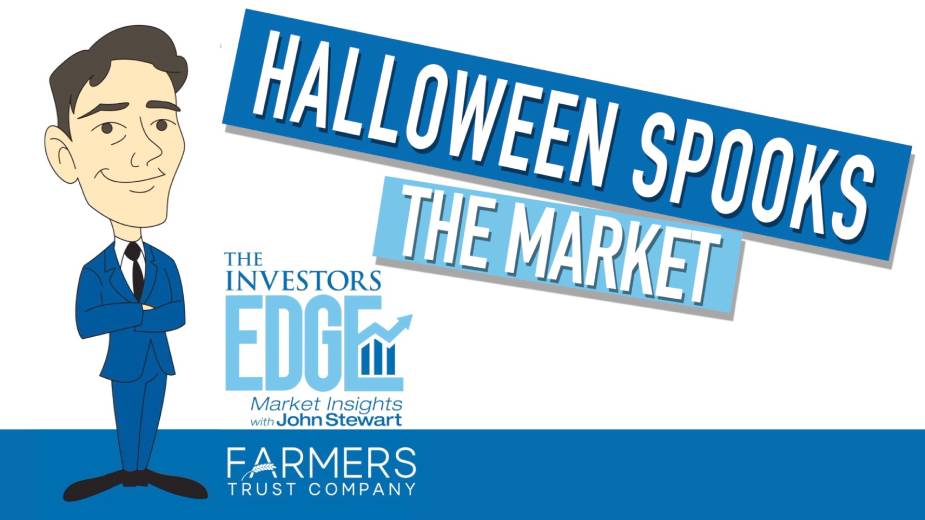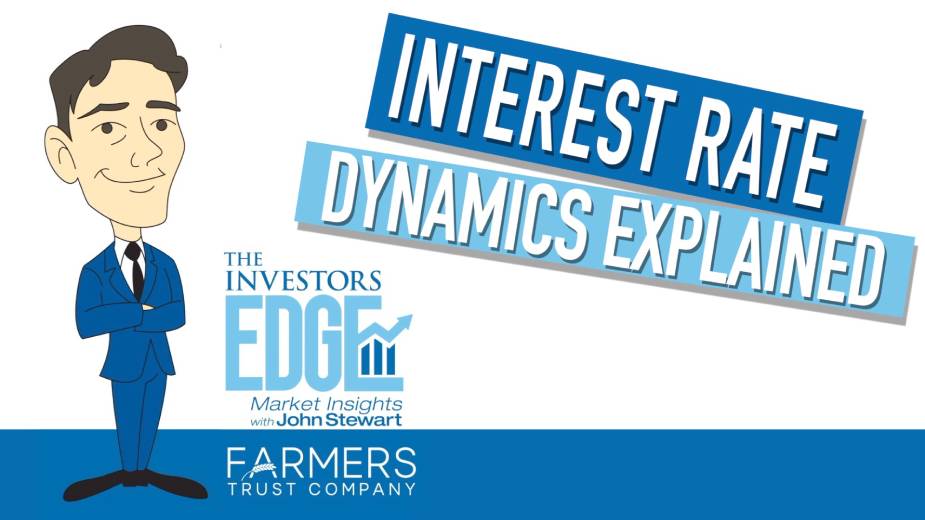Keep Your Emotions in Check | The Investors Edge
By John Stewart, chief investment officer at Farmers Trust Co.
Week in Review: Resilient Market Surprises Nervous Investors
Stocks have been grinding higher this month, surprising many investors who were expecting a pullback to begin the year. The S&P 500 is up roughly 5% thus far in January.
The consensus narrative heading into 2023 – what most economists, market forecasters and pundits thought – was that the first half of the year would be challenging followed by a recovery in the back half of the year.
While that’s certainly possible, the market rarely goes according to such a nice and neat predetermined plan. Perhaps the opposite of the consensus narrative could be true – the market starts off strong followed by a weakening economic and market trend as the year progresses.
The good news (we hope) is that regardless of which forecast turns out to be true, stocks and bonds should provide some yin and yang for portfolios like they’re supposed to do, as opposed to both moving in the same direction like they did last year, which was obviously lower. If the economy holds up and stocks do well, bonds might struggle a bit, but if the economy deteriorates and stocks underperform, your bonds should do their job in 2023 and provide some balance and diversification benefits.
Featured Insight: Keep Your Emotions in Check
Humans are emotional beings. Strong emotions, like fear, are helpful if you’re being chased by a dangerous animal and need to escape, but can be extremely problematic when it comes to investment decision making.
Most investors buy when they feel good, usually when markets are rising or have risen, and they sell when they feel fearful, usually when markets are falling or have fallen.
Everyone has heard of “buy low” and “sell high”, but most investors are prone to do the exact opposite in practice.
The key to avoiding this problem is to create an investment plan that you can execute regardless of how you’re feeling. Dollar cost averaging, which invests a certain amount of money at specific time intervals – for example, $500 per month – and periodic portfolio re-balancing, which resets your portfolio to target weights for each asset class – selling the out performers and buying the under performers – will help you to avoid making mistakes based on emotions.
Looking Ahead: Fed on Deck
Yep, yet another Federal Reserve meeting is upon us. Next week, our central bankers will likely raise the short-term interest rate they target by a quarter of one percent.
After a series of very large three-quarter point hikes last year, the Fed raised rates by half of one percent last month, and is again likely to reduce the pace of its monetary tightening with a one-quarter point hike this time around.
The good news for borrowers and equity investors is that the pace of hikes is slowing – the bad news is that the Fed is STILL hiking despite signs of an economic slowdown in progress.
While we are all hoping the Fed can cure our inflation problem without causing a deeper economic downturn, the full effects of the tighter monetary policy have yet to be felt. Investors should continue to proceed with caution.
Copyright 2024 The Business Journal, Youngstown, Ohio.


